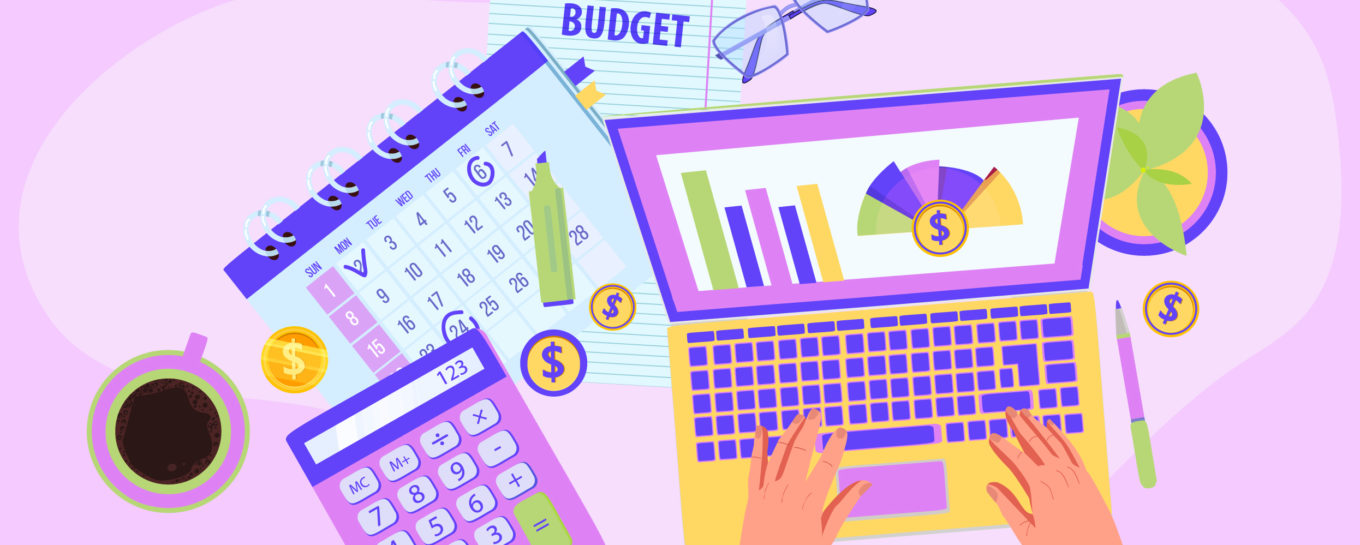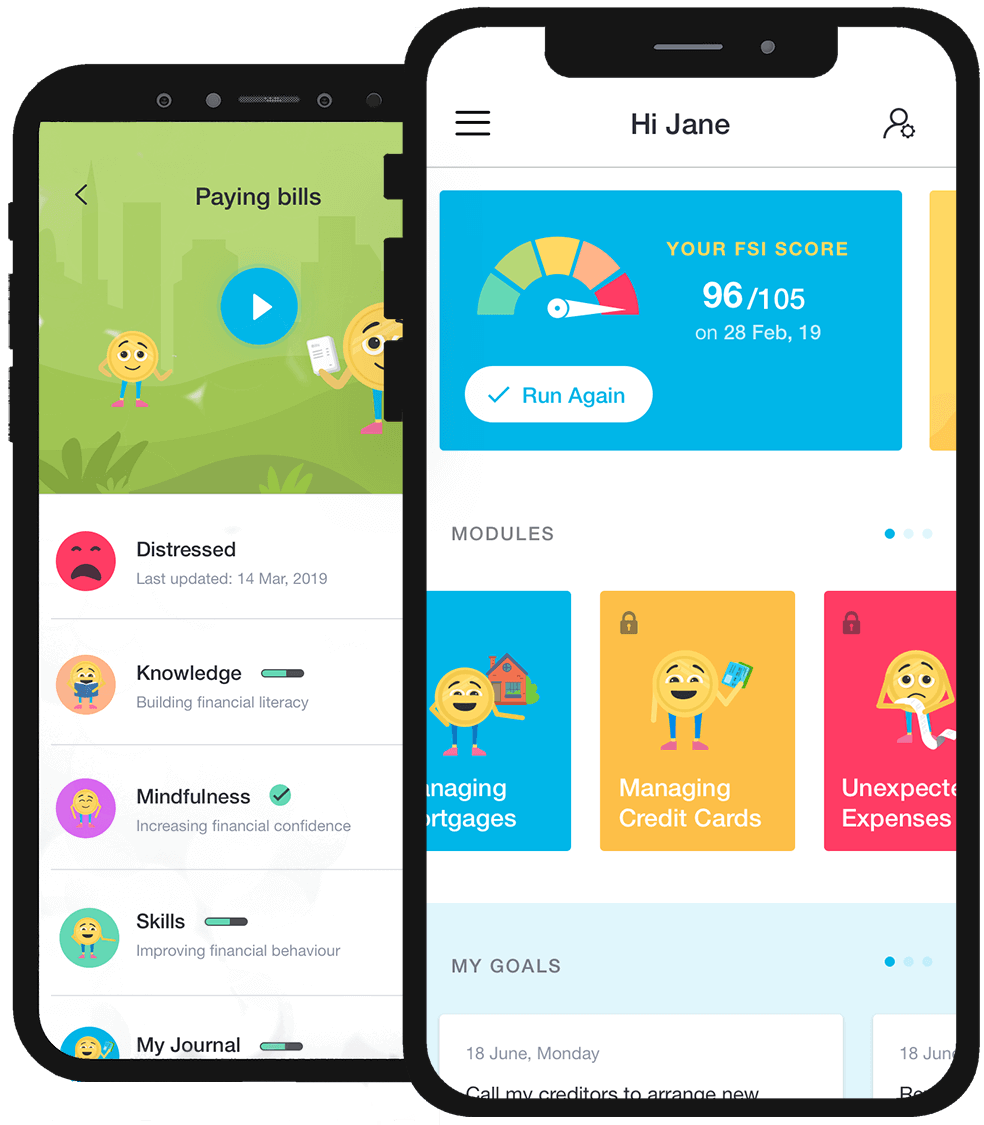[email-subscribers-form id=”2″]
How to maintain a budget
How to maintain a budget.
Setting up a budget is a great step toward improving your relationship with money and, ultimately, your financial position.
That’s because it is the foundation of managing your cash flow and spending habits.
But setting up that budget is not where most people come unstuck.
Most people who try to budget fail to reap the benefits because they cannot maintain the practice.
Let’s look at the steps to help you maintain your budget.
Step 1: Schedule your budgeting practice
Budgeting is a practice that requires commitment, willpower, attention, and consistency. It’s not a set-and-forget exercise.
To budget well means paying close attention to your spending within each category to ensure you stay within your identified limits and, therefore, within budget.
It is far easier to stick to a budget when you pay close attention.
This means you will need to set a regular weekly time to review your spending, check you are within your budget, and adjust for changes.
The longer you maintain budgeting, the better you will become at forecasting.
You might like to review your spending weekly or daily to see how you are tracking. It doesn’t have to be a manual process; you can use apps to help you track and monitor your spending.
A budget must be realistic and reasonable if you are going to be able to stick to it. Many people set themselves up for failure by underestimating their actual spending or making the budget too restrictive and unmanageable over the long term.
If you want to succeed, you have to push yourself, but you also have to be realistic.
It’s like setting a daily goal to attend the gym when you have not been going. The same is true with your budget. Push yourself to spend better and save more, but be realistic when limiting each spending category.
Don’t cut back too much if you know it won’t be something you cannot sustain.
Step 2: Make budgeting a game that you win at
Budgeting doesn’t have to be restrictive or boring. It may seem unlikely for people with a problematic relationship with money, but you can make budgeting fun.
It’s worth considering whether you are more likely to stick with a habit that you enjoy. Of course you are.
One way to do this is to ‘gamify’ the process and reward yourself when you stick to your budget and reach milestones or savings goals.
Of course, this is much more than a game. You are building milestones and rewards into your budget to celebrate your progress and achievements.
It will change how you think about budgeting, from a chore to an activity you feel satisfied with.
Step 3: Review the value of your money and simplify your budgeting
It might seem obvious, but you may not understand the value of the money you earn if you spend too much.
You work hard for your money, but people rarely connect the money they spend with the effort, time, and energy that went into generating it.
Thinking about your entire budget in this context can be a simple way to reframe how you psychologically view money.
Let’s assume you spend $500. If you consider the time and energy it takes to earn this $500, you might see its value in a new light.
Next time you are spending, work out how many hours of labour it would take to earn. Use this idea to weigh up the actual value of any purchase.
Give every dollar you earn a purpose, even if that job is saving or making an extra loan payment. This doesn’t mean you spend every dollar you make; instead, it means you are intentional and mindful about every dollar you spend.
You may want to break some of your budget categories and expenses into weekly amounts to help you spread your spending and make it easier to manage.
For example, If you give yourself $200 a month for personal spending, consider it $50 a week. Suppose you put $900 in your grocery budget; that’s $225 a week.
Thinking in these smaller amounts may make it easier to stick to your budget.
You can do this with significant living expenses such as car costs, insurance, and medical.
Review them and break them down into smaller amounts to make it easier to consider your budget costs.
Step 4: Get smarter about your use of credit
It’s essential to keep track of your spending in cash and credit.
Studies show that we spend more on credit cards than on cash. This is because spending on a credit card removes the immediate awareness of how much something costs. As you tap and go, you are more susceptible to impulse spending.
One often-cited study was conducted by Dun & Bradstreet, which found that people spend 12% %- 18% more when using credit cards instead of cash.
The buy-now-pay-later concept means you spend now and don’t get the bill until next month. This way, you don’t have to think about whether you can afford the purchase unless you have planned for it in your budget.
Buy now, pay later products allow you to buy and pay for something later.
When you shop online or at a store, you pay a minimum payment, and then you pay the rest of the purchase off over future instalments. Typically, these products require paying off your purchase over three or four instalments.
Do people also overspend if they use buy-now-pay-later products? A new LendingTree survey of 1,040 Americans found that two in three shoppers who have used buy-now-pay-later financing said it’s caused them to spend more than they would have otherwise.
With both credit cards and buy now pay later providers, you can pay extra for your product as the company providing the service charges interest if you miss a payment.
Try using a debit card instead. This means you have the money first, before the purchase.
If you continue to use your credit card and track every purchase, this can be time-consuming. However, it’s a way to spend on your cards and maintain heightened awareness.
Either way, once that money gets low at the end of the month, you will become aware of how much you have left to spend, and that might be stressful if your spending is not within your budget
Be mindful about your daily spending to keep within your limits and continually adjust your budget.
Step 5: Get real about planning
Emergencies and surprises do occur and impact your budget. In the US, the Federal Reserve found that 61 percent of adults say they would cover it, using cash, savings, or a credit card paid off at the next statement.
Covering such an expense would be more difficult for the remaining 40 per cent of adults. The most common approaches include carrying a balance on credit cards and borrowing from friends or family.
We often think of these as ‘unexpected expenses’. But how unexpected are most of these?
A lot of what we call “surprises” is just poor planning.
When developing your monthly budget, check your social calendar and plan for each month’s events and needs.
Birthdays are regular events; ensure they are included. Holidays, weddings, family visits, and time off work can all be planned. So can the annual payment or renewal of something substantial.
So much of improving your finances is becoming mindful of your money.
Step 6: Experiment with ‘not spending’
Challenge your spending habits with a spending freeze, a spending diet, or a zero-spend challenge.
Again, this is an important exercise that you can have some fun with. You can set up a ‘no-spend week’ challenge with your friends.
Whatever you call it, the idea is the same: a commitment to not spend money on unnecessary things.
You can do a no-spend challenge for a week or a month. It might seem intense, but it’s a remarkable way to change your mindset and spending habits.
Get started with your no-spend challenge by identifying in writing what qualifies as a necessity or what area you are challenging yourself not to spend in (e.g., takeaways, clothing, coffees) and how long you’re going to challenge yourself not to spend.
Make it more fun by challenging your friends or family members and see who can save the most.
You can also slow down emotional spending by not rushing big purchase decisions.
When in the store or online, find the item you wish to purchase at the cheapest cost and wait one day before buying.
It removes the impulse from the decision. Your head has a chance to make the decision, not your emotions.
Step 7: Nominate a budget buddy and become accountable
If we were good with our finances, we might have learned to manage our money.
Our habits and attempts at improving our finances have often failed.
Find someone in your life to help: a budget buddy or someone with whom you can be accountable regularly.
Someone who would encourage you and be bold enough to call you out. A spouse, partner, family member, or friend makes good accountability partners.
So, who isn’t afraid to give you some ‘tough love’?
There is incredible strength in seeking accountability to help you stay on track.
Step 8: Become proactive – and stay positive
Be practical and intentional in your spending decisions.
Ask yourself if this purchase comes with a payment plan. Will this eat into your savings? How will this benefit your day-to-day life? Is the benefit worth the cost?
Weigh the pros and cons to ensure it adds value to your life and does not create stress.
If you have a terrible month, have blown your budget, or forgot to track your spending, don’t get discouraged and give up.
Use this to raise awareness of where you need to adjust your spending, try new habits, and alter your budget. Ask the why-do-I-budget question, and remember those benefits.
Budgeting is learning a new life skill; it takes practice.
You may have to experiment all year before you find a system that works. Having a list of things that work well can help remind you of how far you’ve come and the positive changes it has made in your life.
Budget, learn, adjust, live well.









